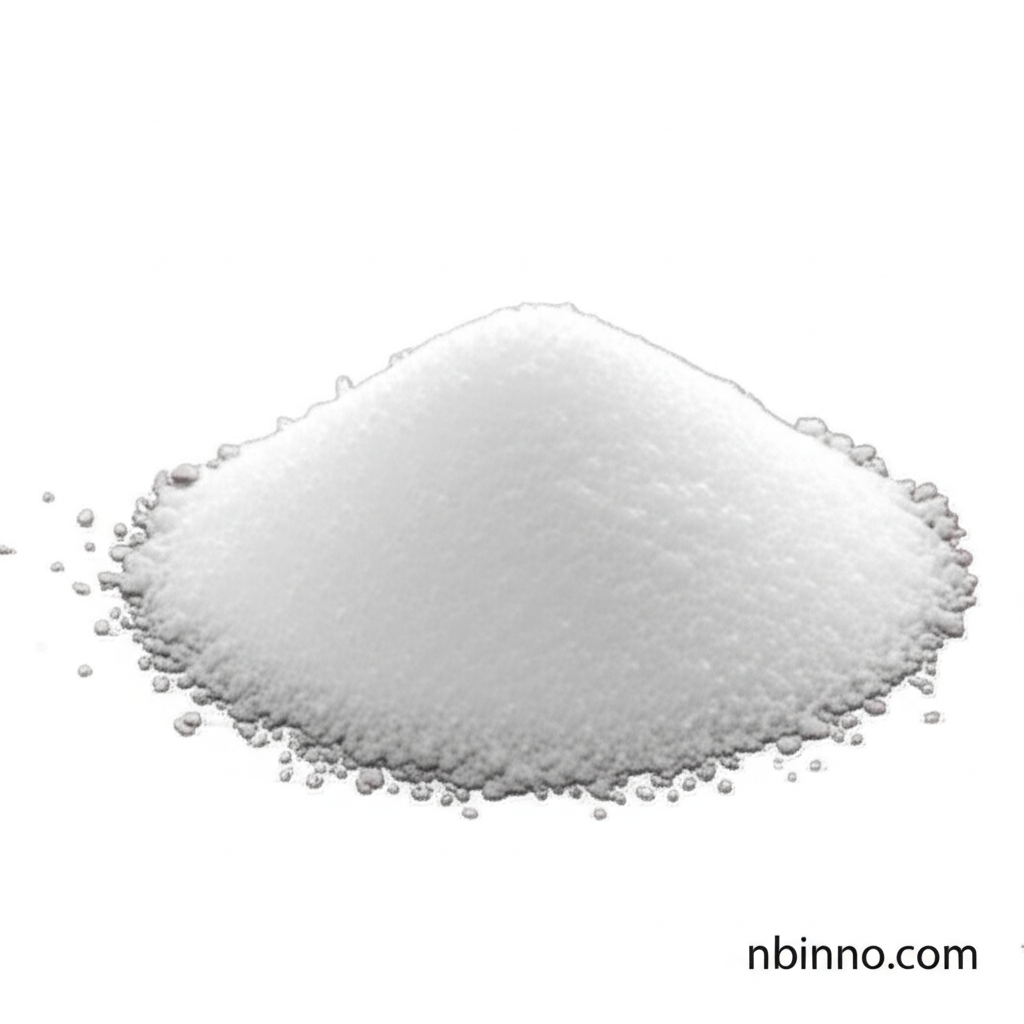1,1,2,2-Tetraphenylethane (CAS 632-50-8)
Discover the essential properties, applications, and key suppliers of this vital organic compound.
Get a Quote & SampleProduct Core Value

1,1,2,2-Tetraphenylethane
1,1,2,2-Tetraphenylethane is a significant organic compound with the CAS number 632-50-8. Its robust chemical structure, characterized by four phenyl groups attached to an ethane backbone, makes it a valuable component in various scientific disciplines. This compound exhibits notable stability and a high melting point, signifying its suitability for demanding applications.
- Understanding the 1,1,2,2-tetraphenylethane properties is crucial for researchers aiming for precise synthesis outcomes. Its molecular formula C26H22 and molecular weight of 334.45 ensure specific reaction characteristics.
- Reliable 1,1,2,2-tetraphenylethane suppliers are vital for consistent access to this chemical for research and development. Information on CAS 632-50-8 chemical characteristics is readily available.
- Exploring 1,1,2,2-tetraphenylethane applications reveals its utility in fields such as material science and advanced organic synthesis.
- Sourcing high-quality sym-tetraphenylethane uses requires attention to purity and supplier credibility.
Key Advantages
High Purity Availability
Accessing 1,1,2,2-tetraphenylethane with high purity (often 95% or 98%) is essential for sensitive research, ensuring accurate experimental results in organic chemistry.
Chemical Stability
The inherent stability of 1,1,2,2-tetraphenylethane under normal temperatures and pressures makes it a dependable reagent for various synthetic pathways.
Versatile Research Applications
This compound's unique structure facilitates its use in materials science and as a building block for more complex organic molecules, as indicated by its 1,1,2,2-tetraphenylethane applications.
Key Applications
Organic Synthesis
1,1,2,2-Tetraphenylethane serves as a valuable intermediate or building block in complex organic synthesis, contributing to the creation of novel compounds with specific properties.
Material Science
Its polycyclic aromatic structure makes it a candidate for developing advanced materials, including organic semiconductors and specialty polymers, leveraging its electronic properties.
Research and Development
As a well-defined chemical entity, it is frequently utilized in academic and industrial R&D settings to explore new chemical reactions and material formulations.
Fine Chemical Intermediate
It functions as a key fine chemical intermediate, supporting the synthesis of pharmaceuticals and other high-value chemical products.
Related Technical Articles & Resources
Why Choose Us?
Leverage our expertise and state-of-the-art infrastructure to accelerate your journey from discovery to commercial success.
Global Experience
With 20 years of R&D, manufacturing, and sales experience, we proudly serve clients across 60 countries and regions worldwide.
Advanced Facilities
Our in-house R&D laboratory, pilot platform, and large-scale production workshop are equipped to meet the audit requirements of global customers.
Seamless Scalability
We facilitate a perfect transition from small-scale lab requirements (grams) to full commercialization (hundreds of tons).
